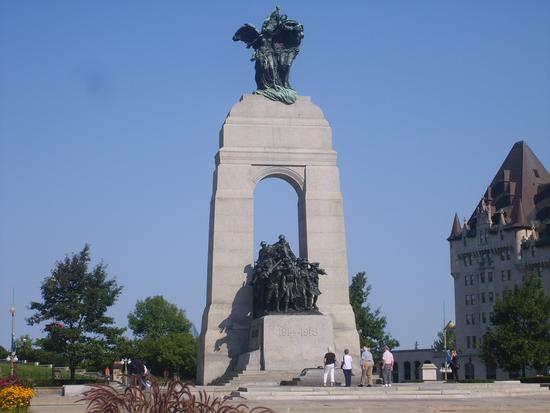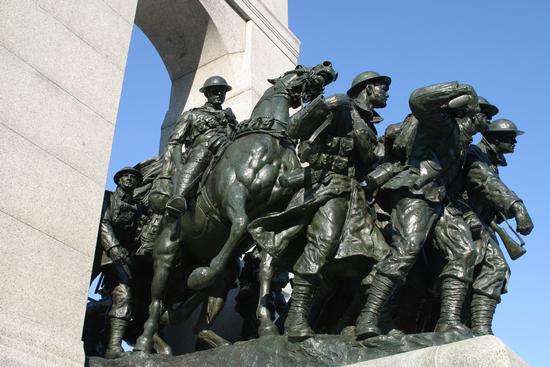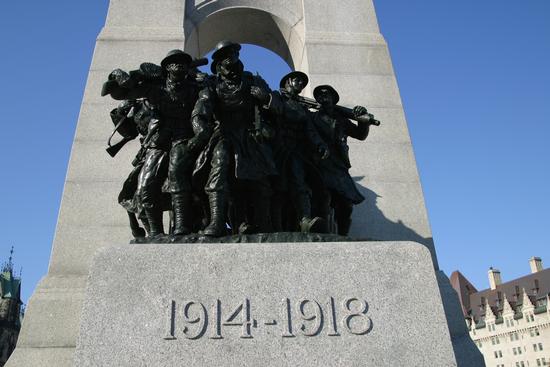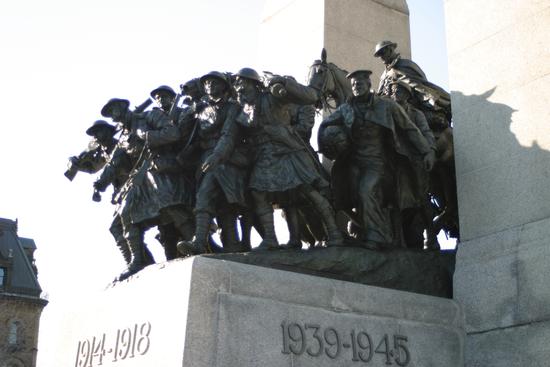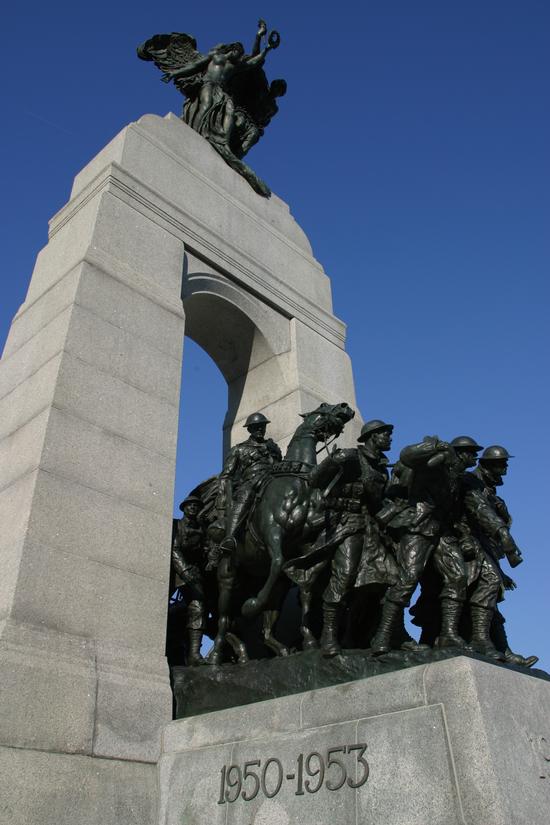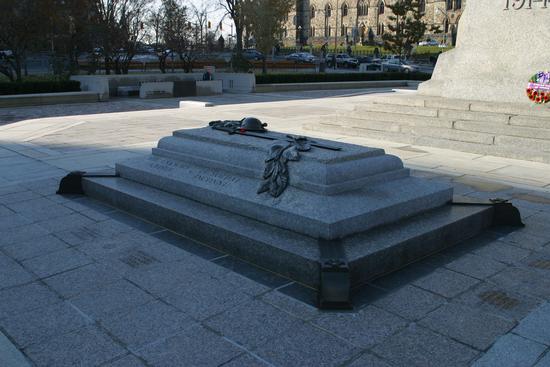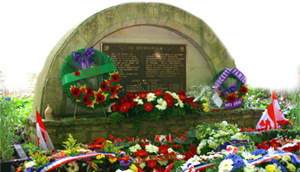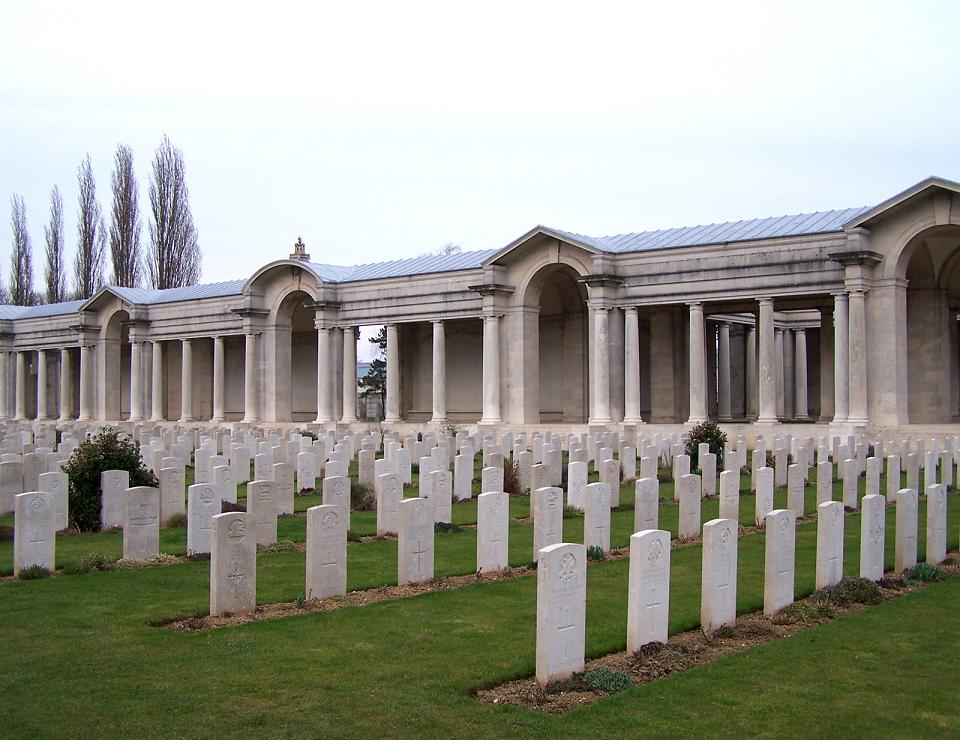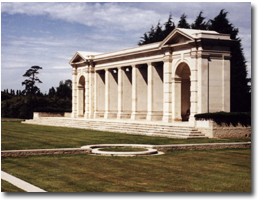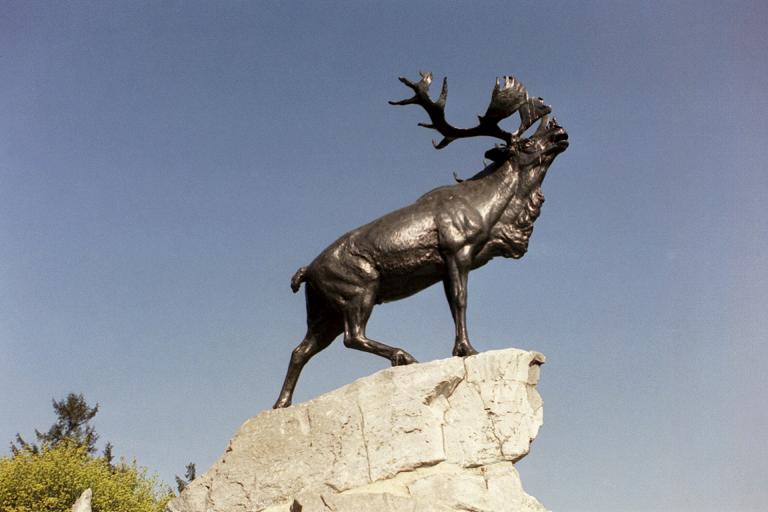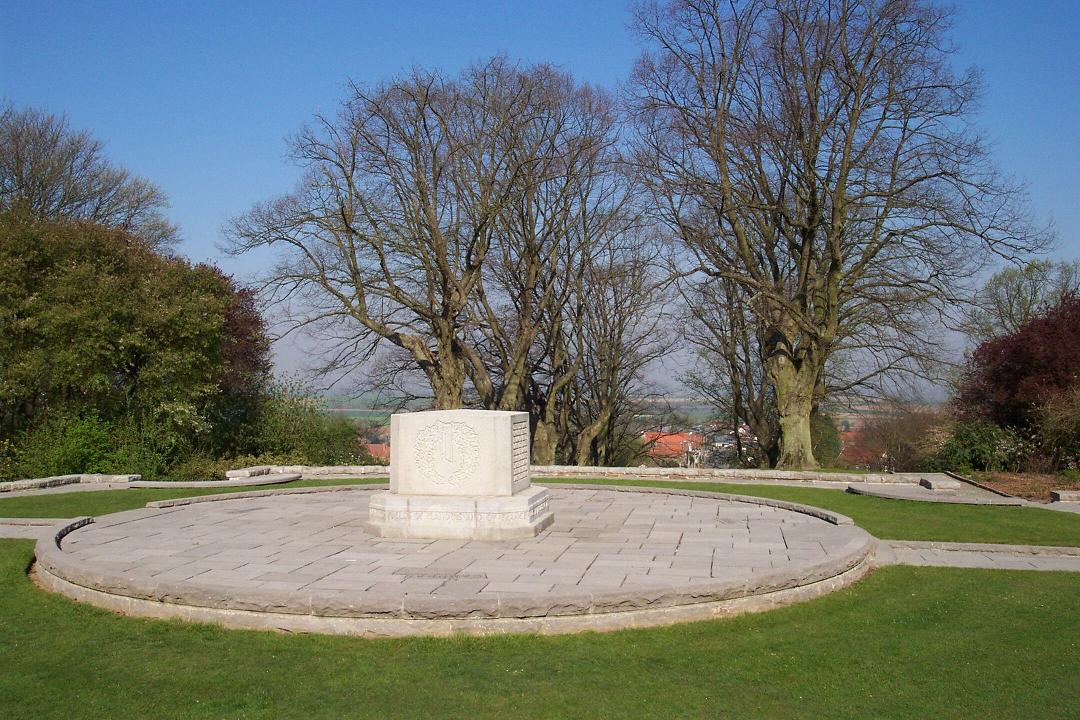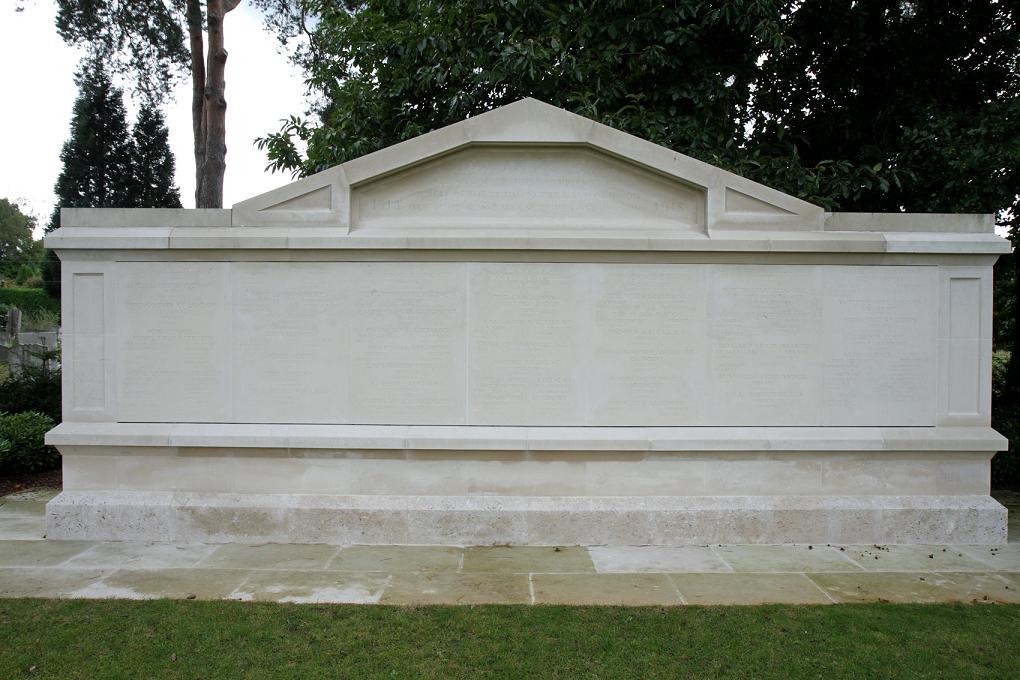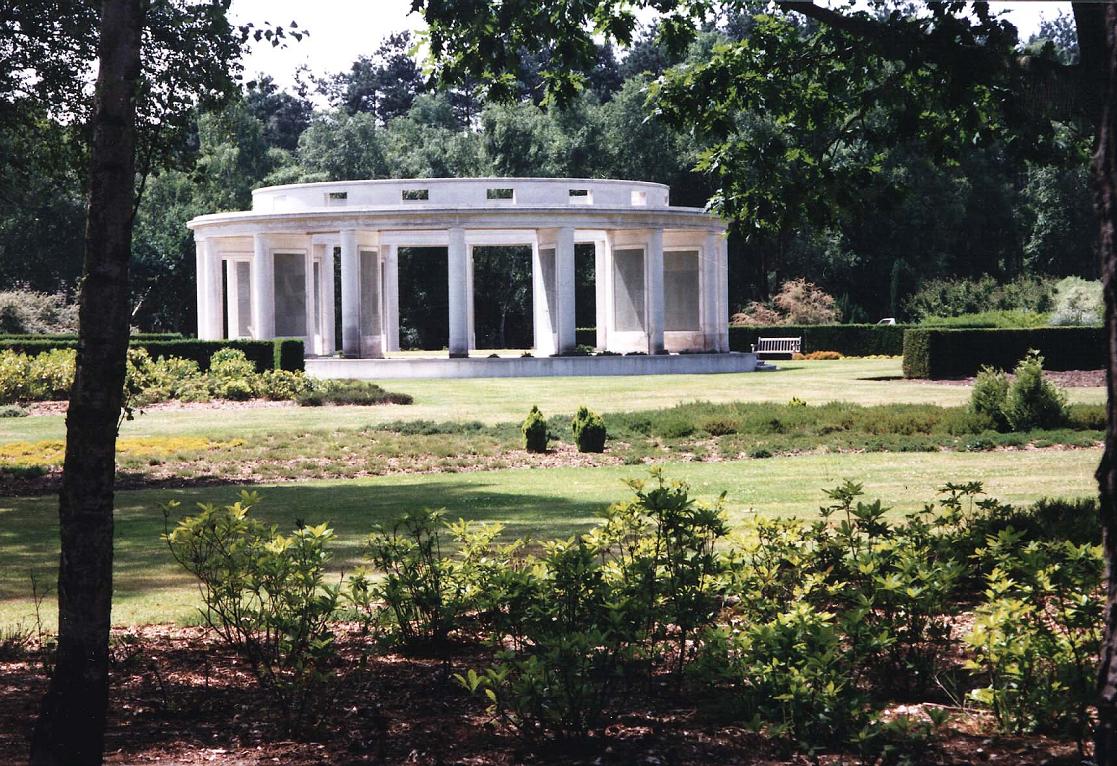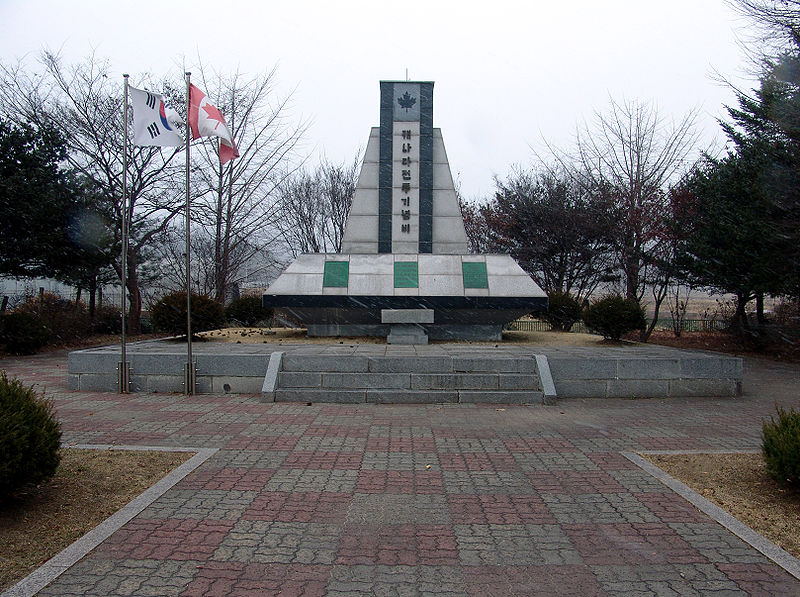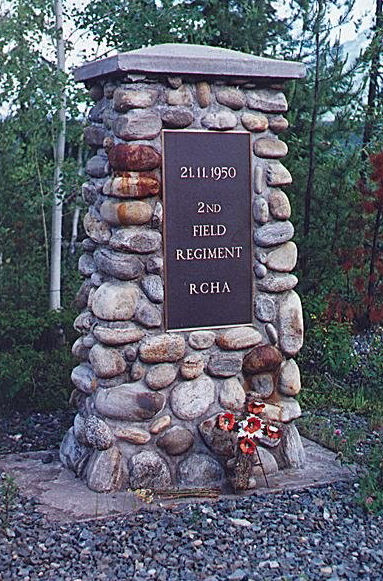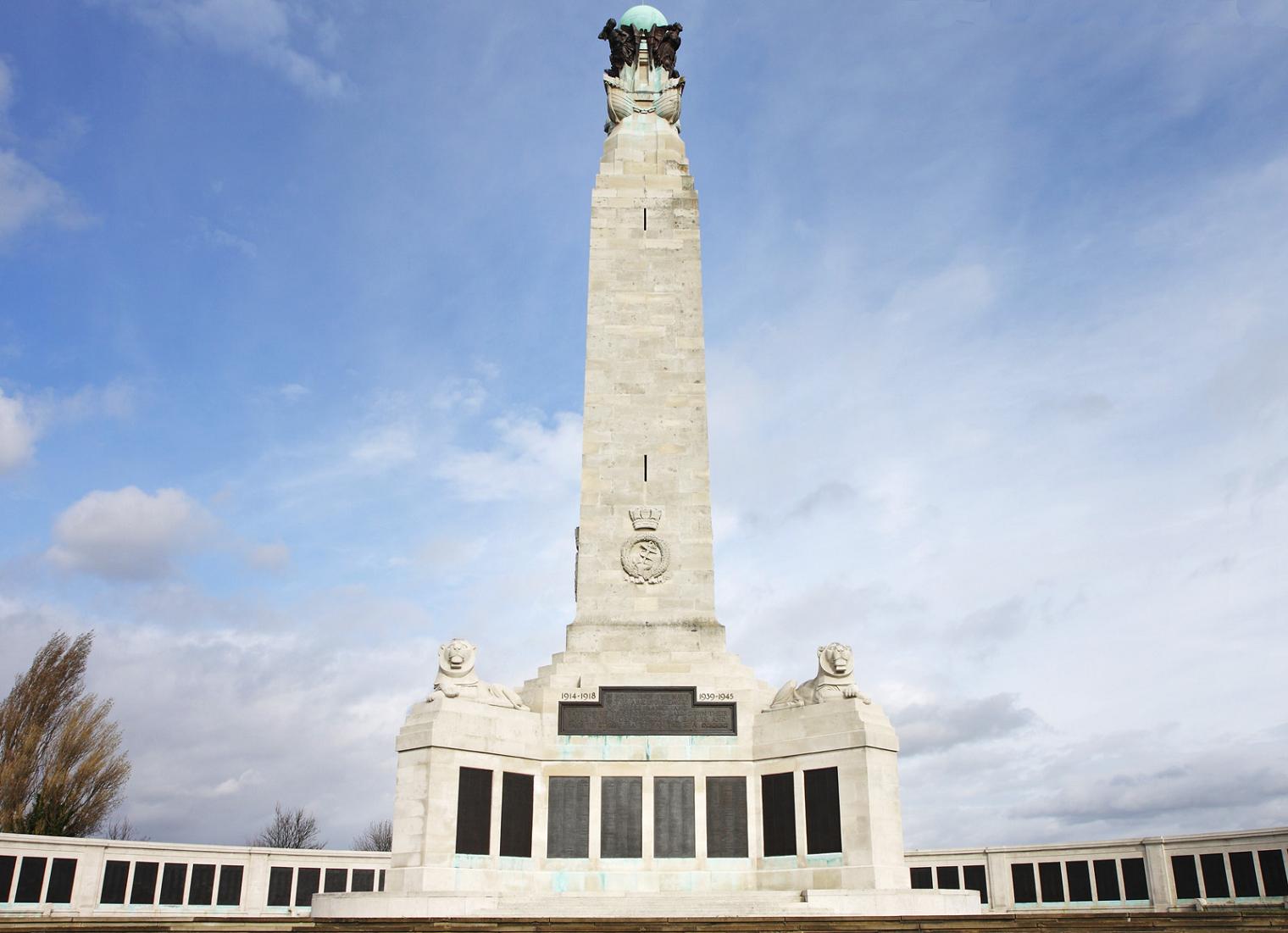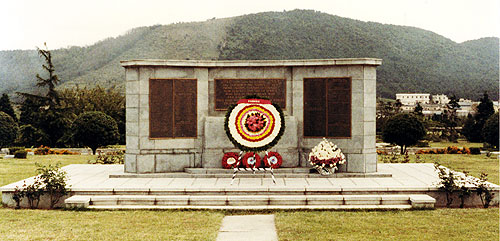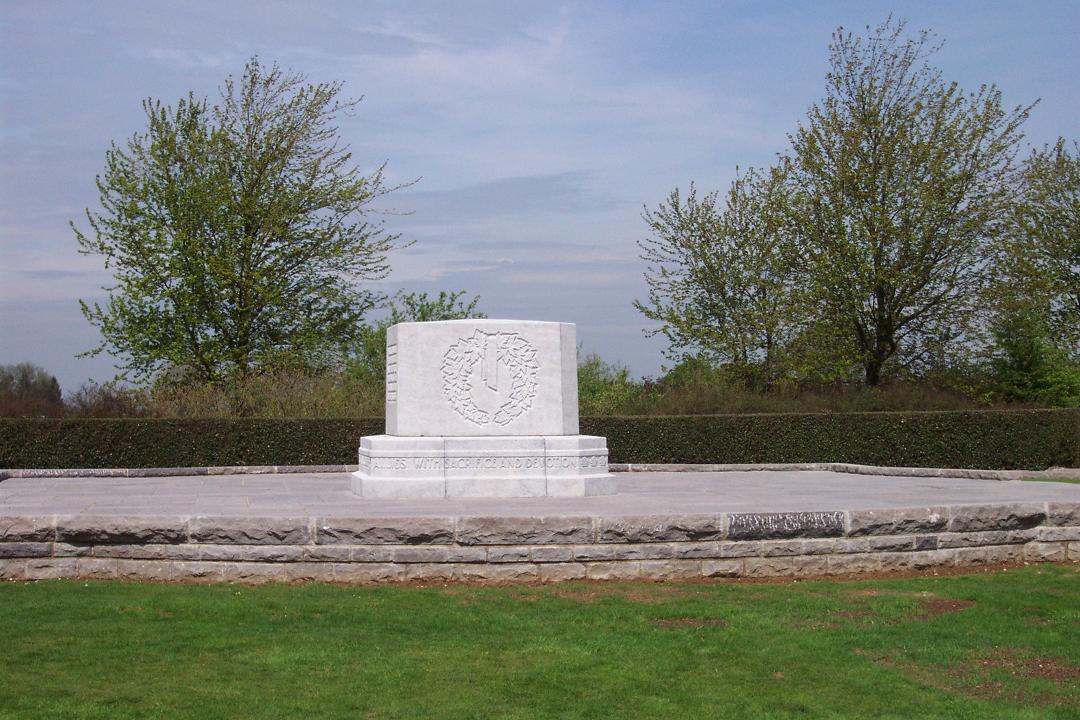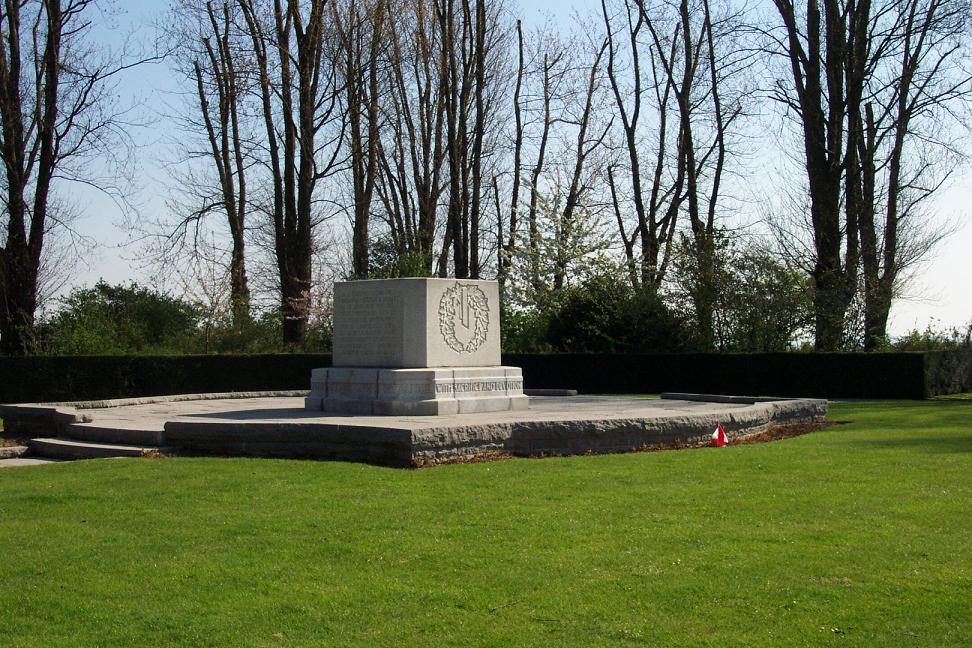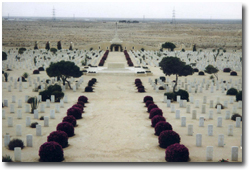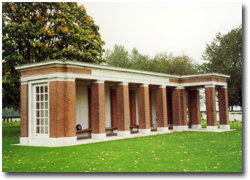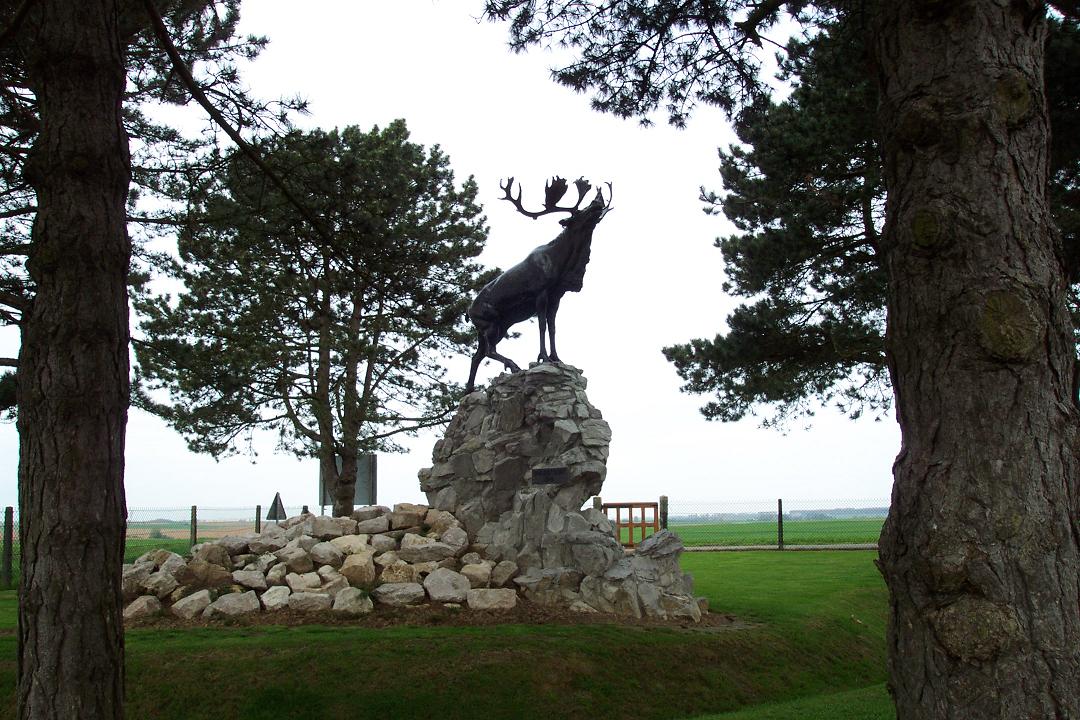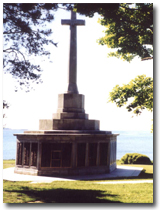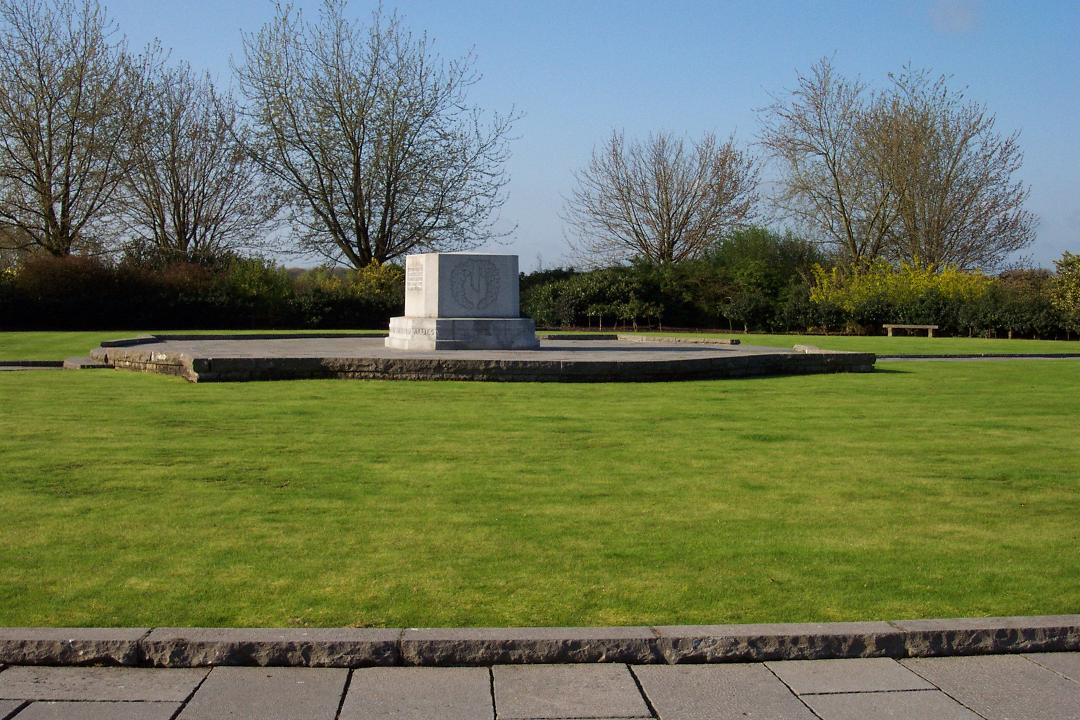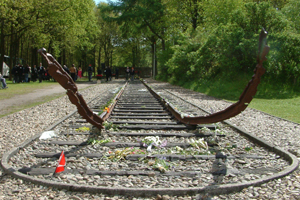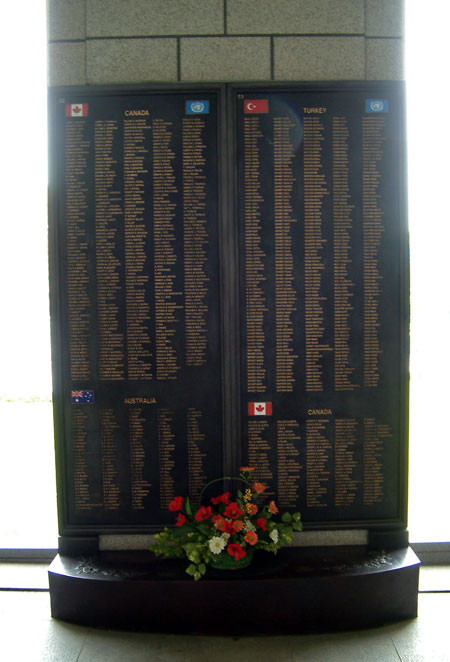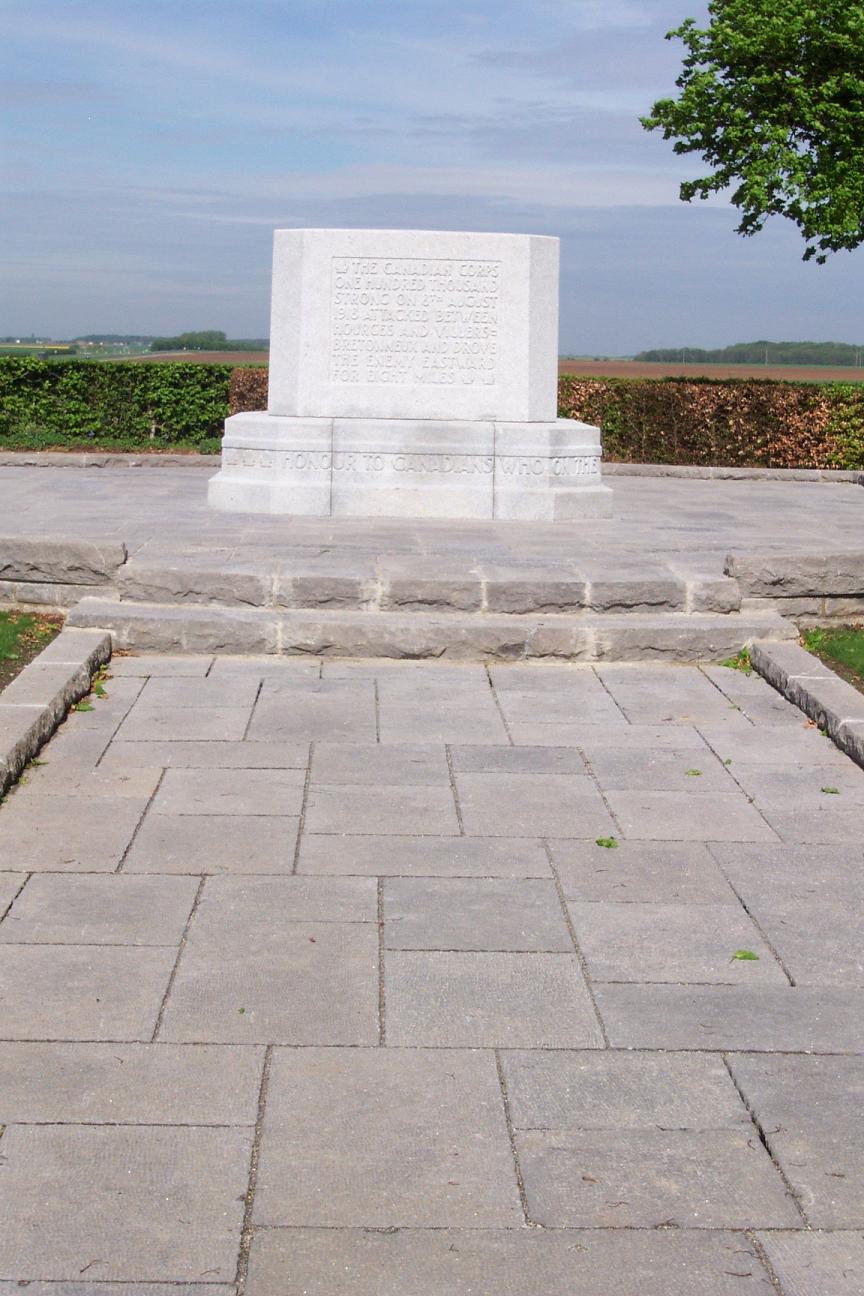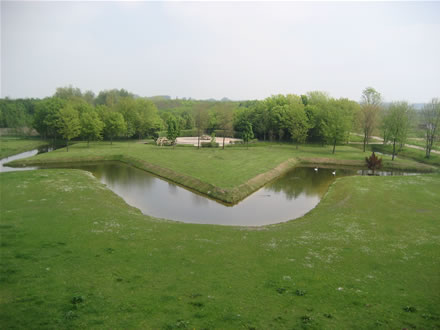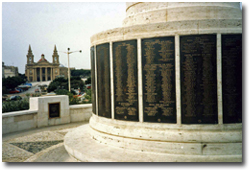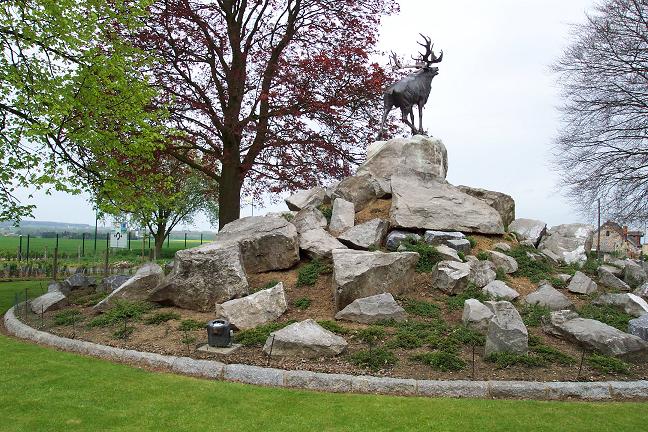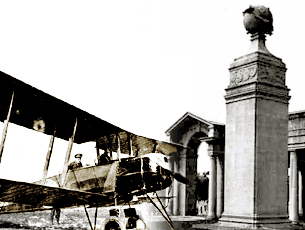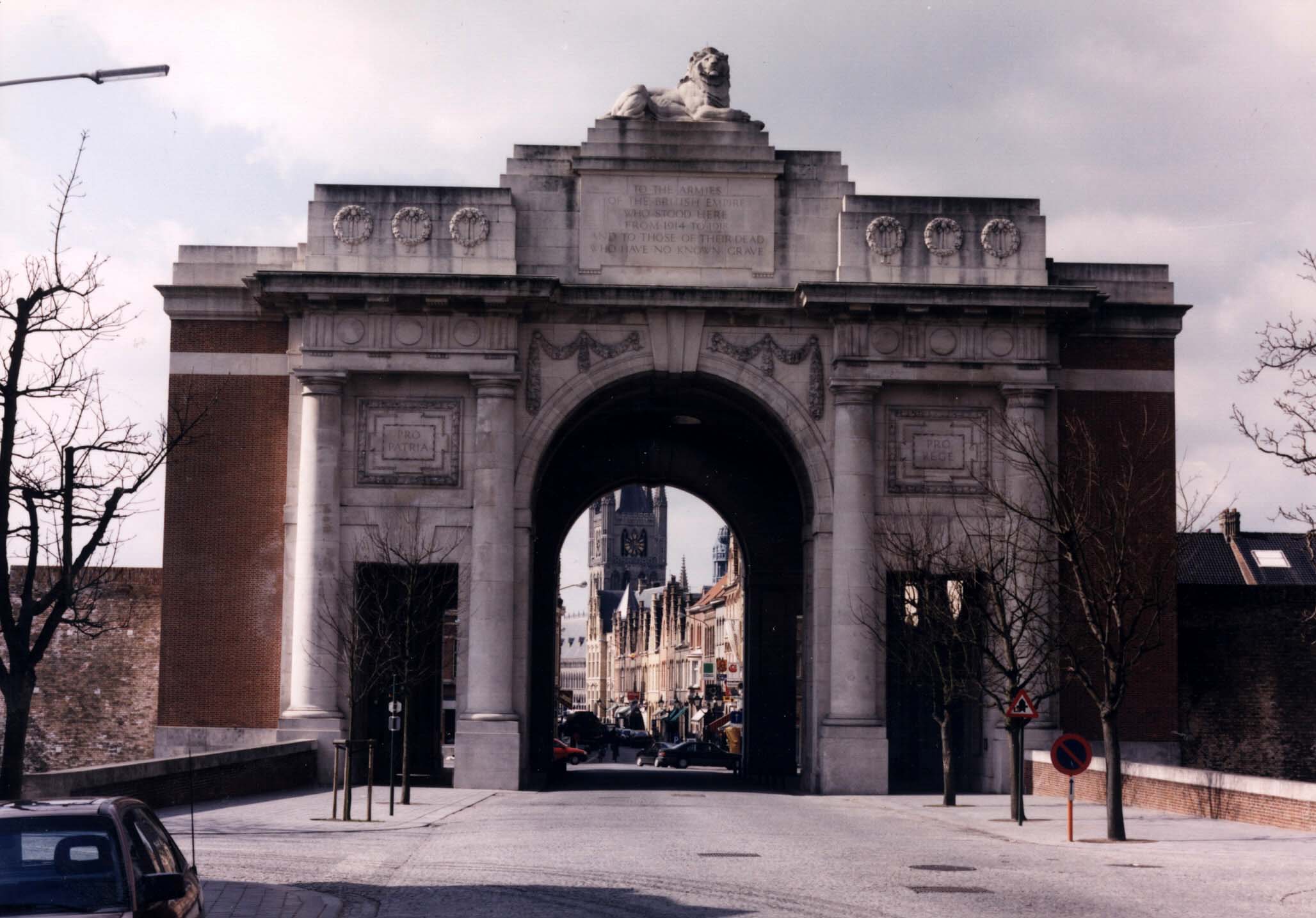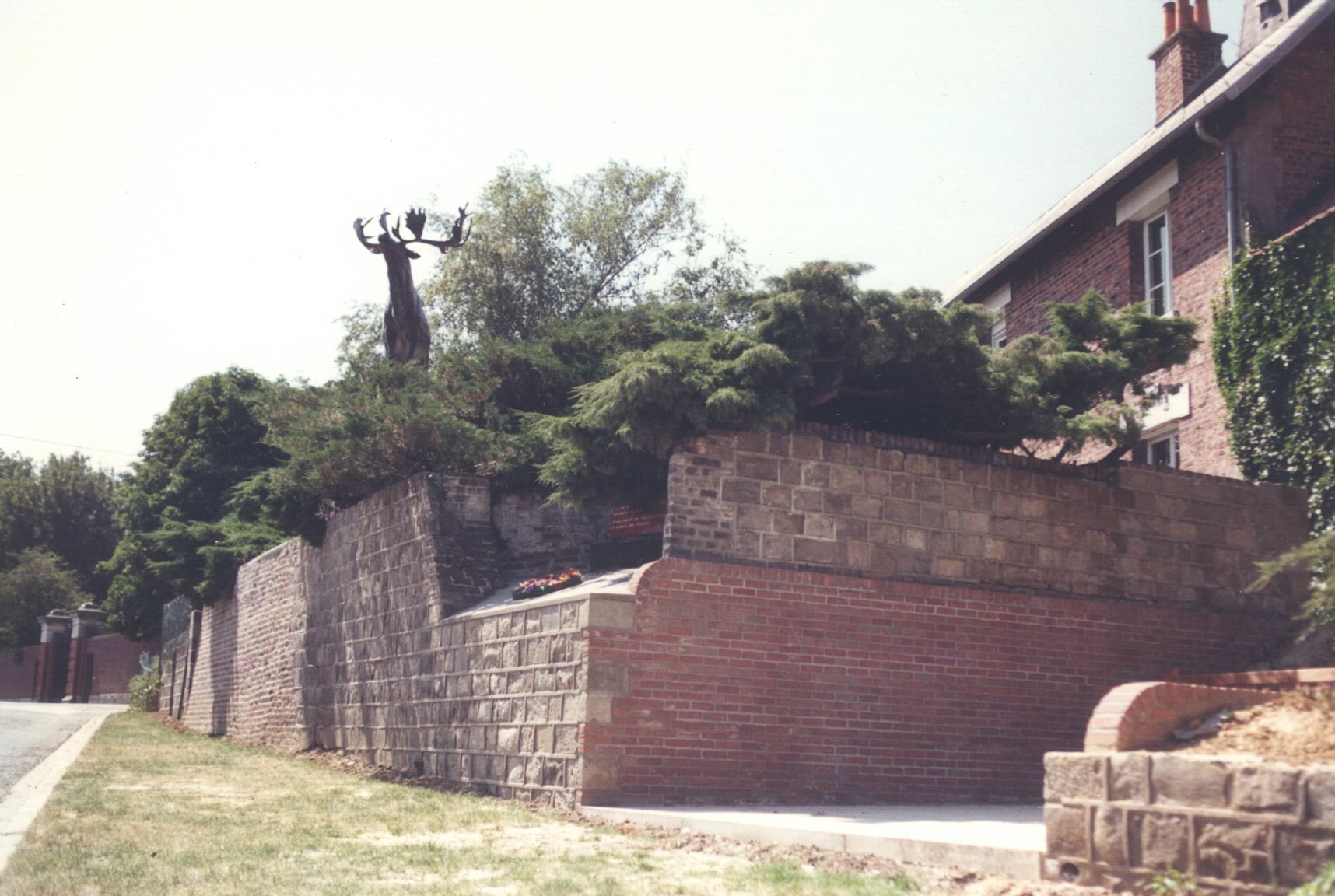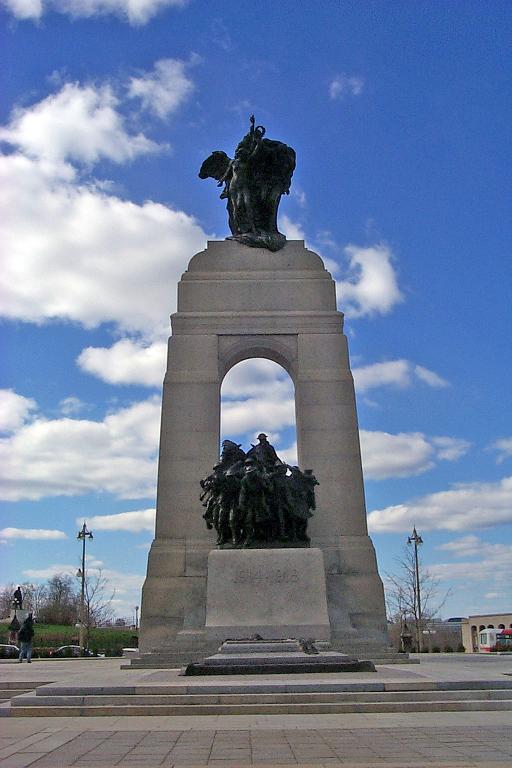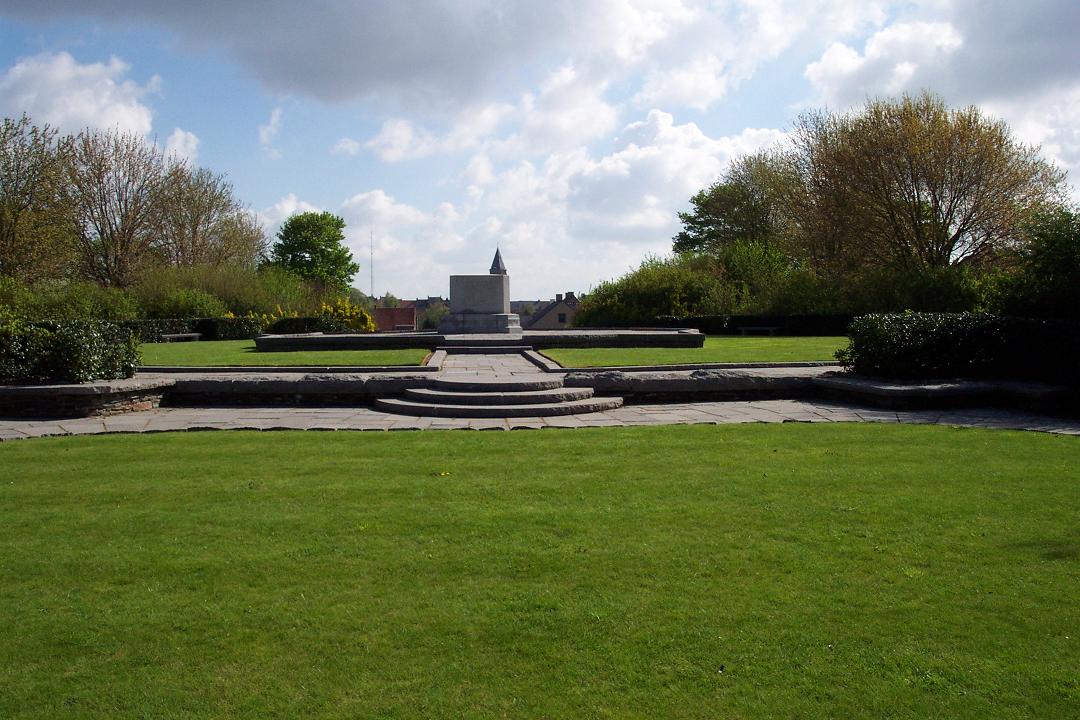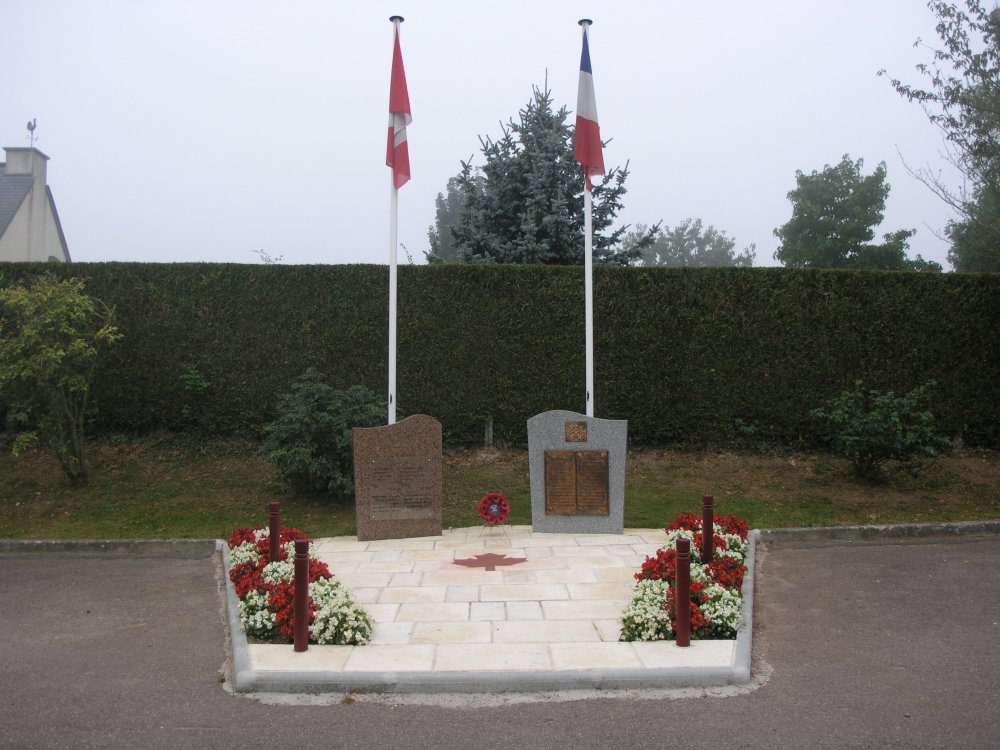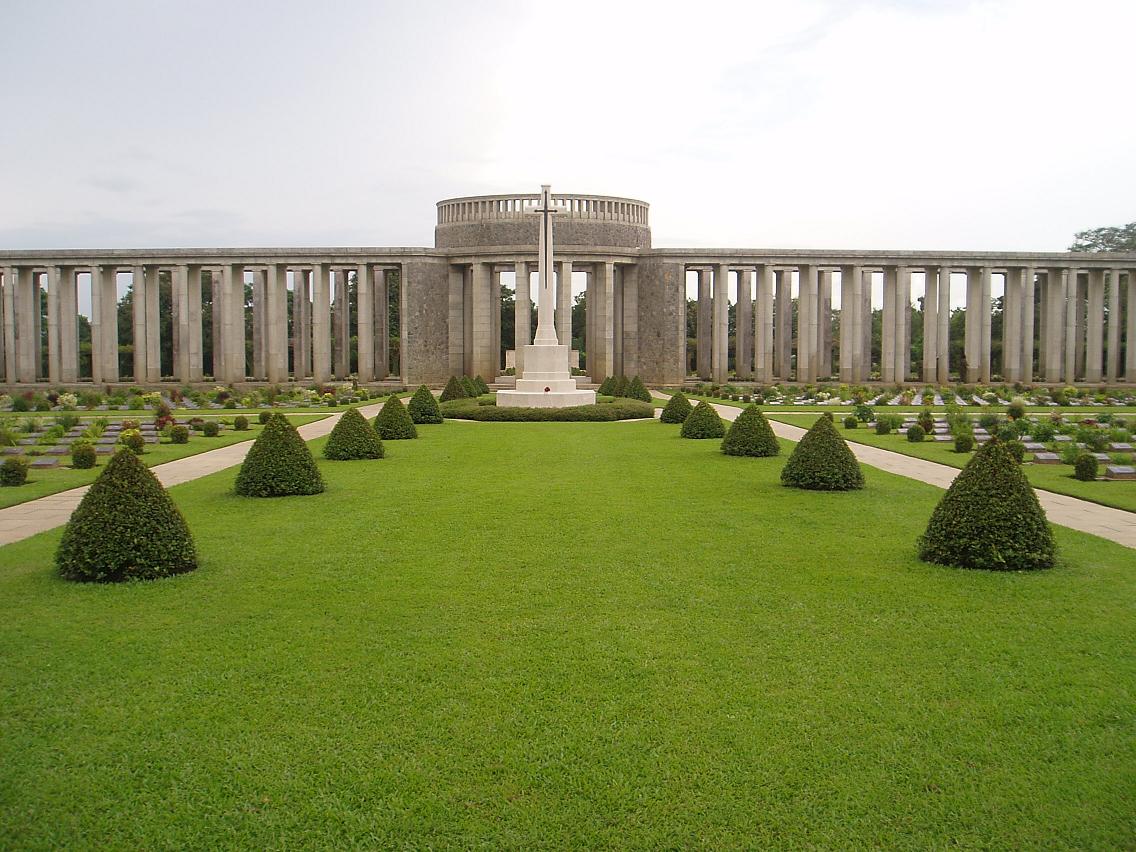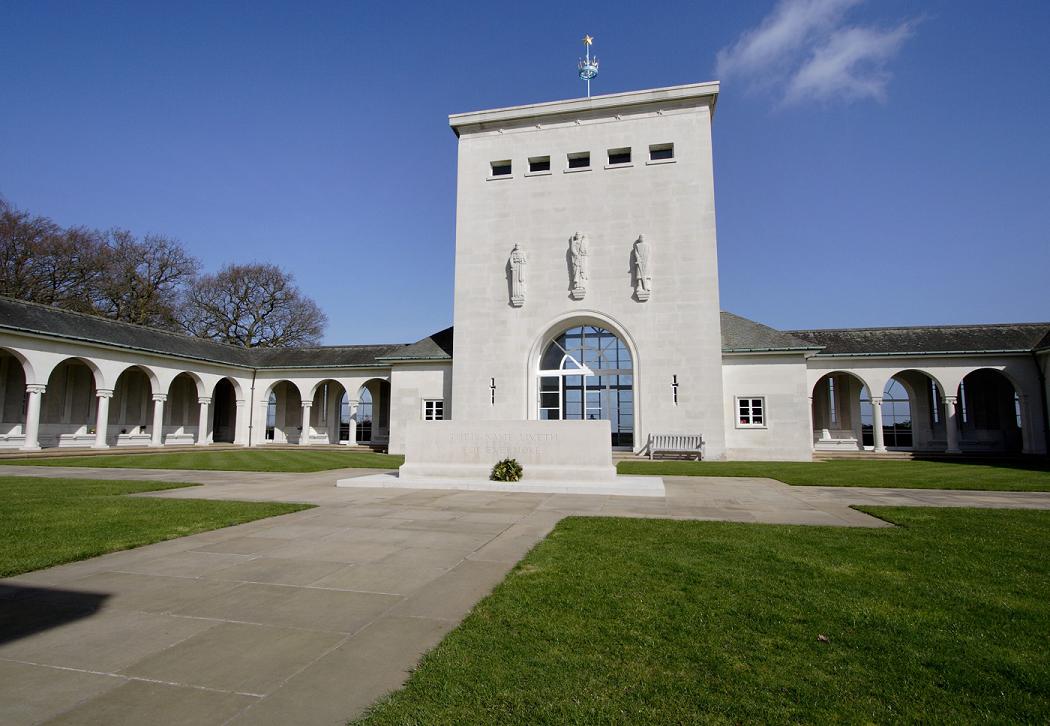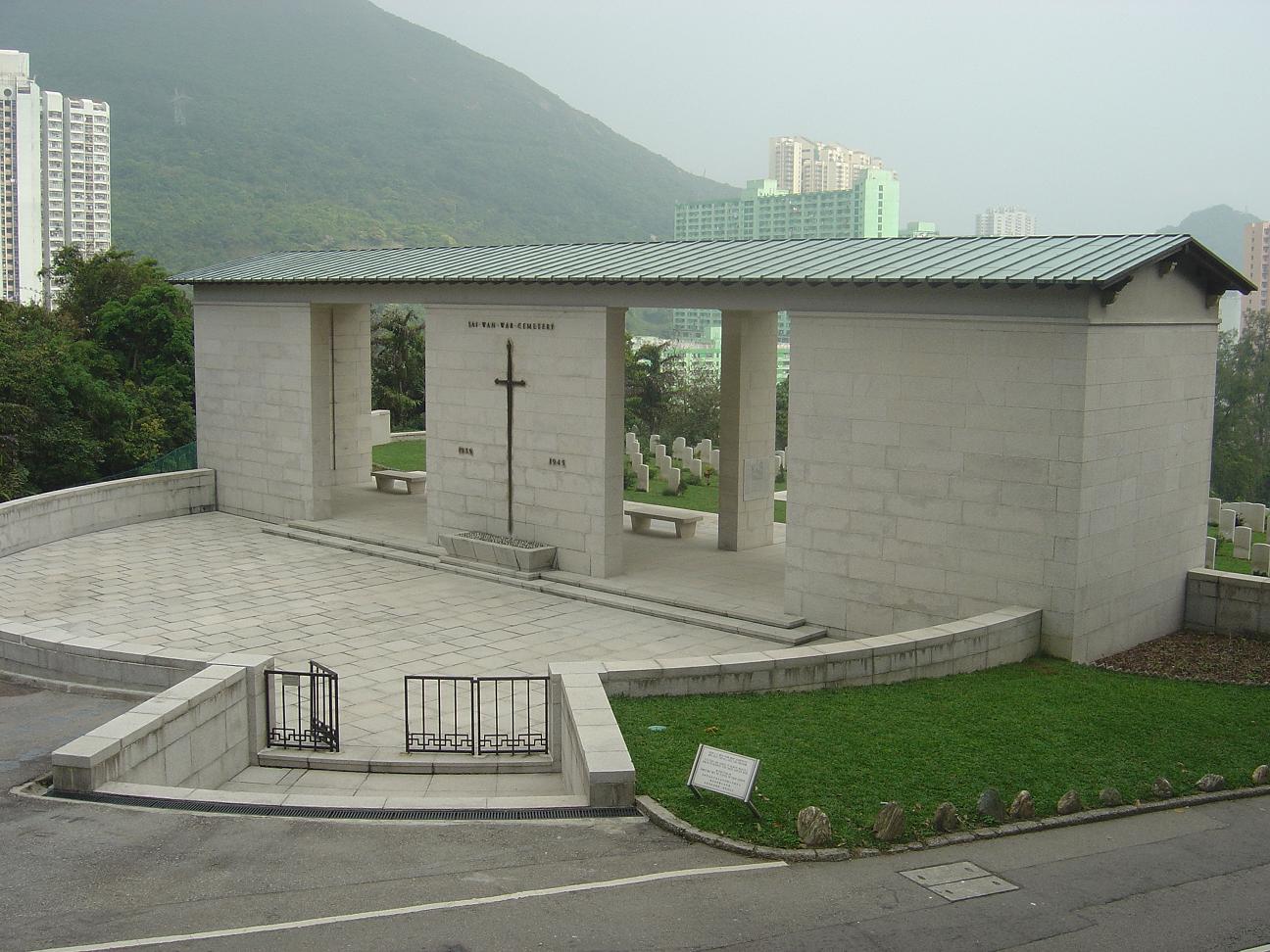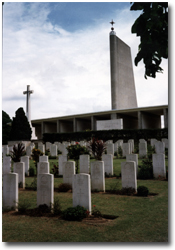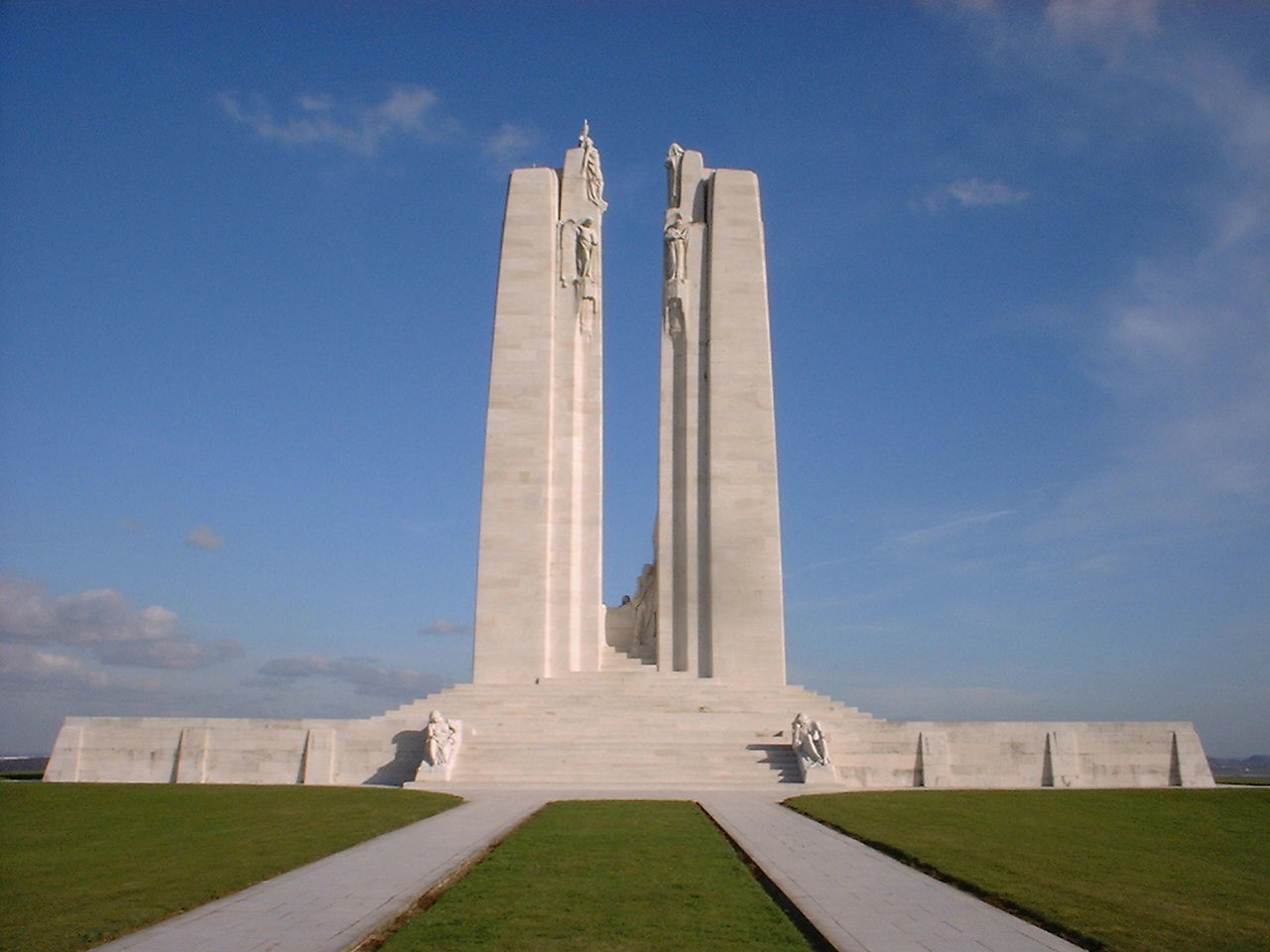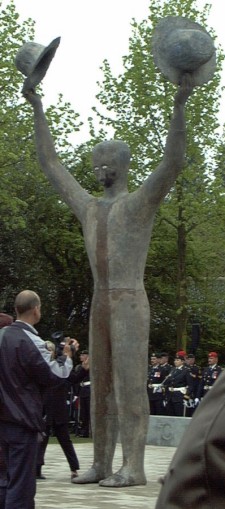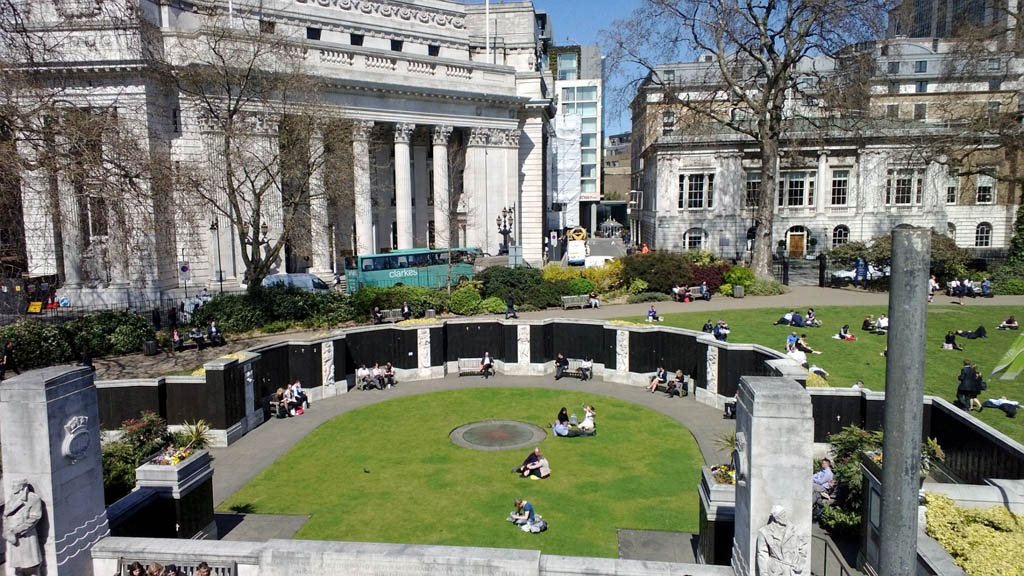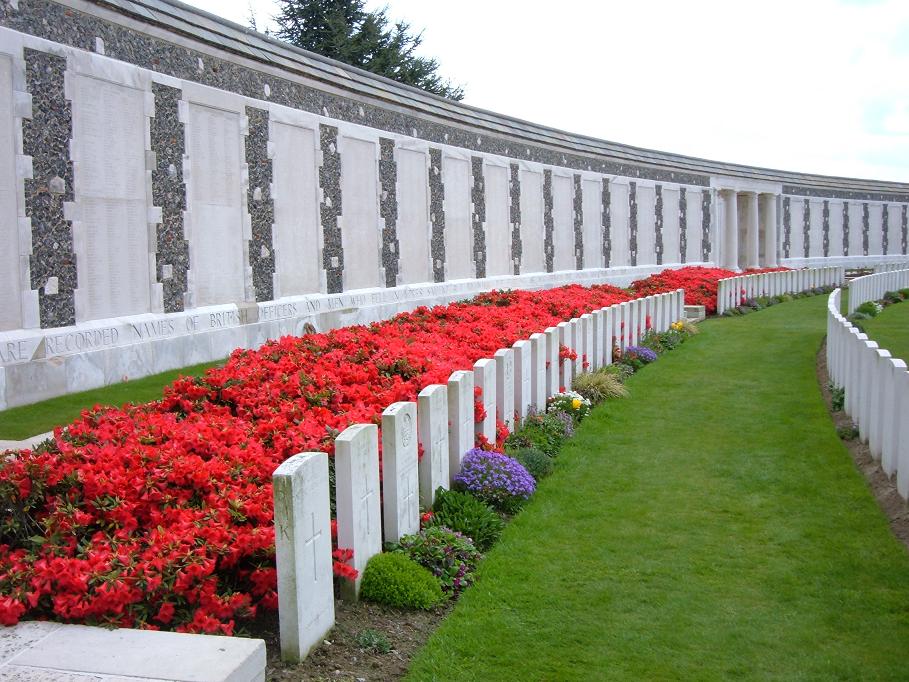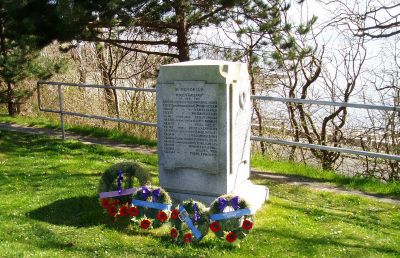National War Memorial
The National War Memorial, also known as “The Response,” is a cenotaph symbolizing the sacrifice of all Canadian Armed Forces personnel who have served Canada in time of war in the cause of peace and freedom--past, present and future. The memorial is the site of the national Remembrance Day Ceremony on November 11.
The National War Memorial was first unveiled in 1939 to commemorate the response of Canadians in the First World War 1914-1918. Over the years, the memorial has come to symbolize the sacrifice of all Canadians who have served Canada in time of war and was rededicated to their honour.
Timeline: National War Memorial
-
1925World-wide competition announced
-
1926The winner was declared
-
1932Completion of the bronze figures
-
1938Completion of the granite pedestal and arch
-
1939Official unveiling
-
1982Rededication included the dates of the Second World War and the Korean War
-
2000Addition of the Tomb of the Unknown Soldier
-
2014Rededication included the dates of the South African War and the mission in Afghanistan
World-wide competition (1925)
After the First World War, 1914-1918, there was a strong feeling in Canada that a memorial should be built to recognize those who had served their country in that war.
In 1925, a world-wide competition was held to choose a design for a national commemorative war monument to be built in the capital of Canada. It was to be "expressive of the feelings of the Canadian people as a whole, to the memory of those who participated in the Great War and lost their lives in the service of humanity." The competition regulations also stated that the vision which the government wished to keep alive was "the spirit of heroism, the spirit of self-sacrifice, the spirit of all that is noble and great that was exemplified in the lives of those sacrificed in the Great War, and the services rendered by the men and women who went overseas.”
The competition was open to architects, sculptors and artists residing in the British Empire, or who were British subjects by birth but residing elsewhere, or subject of Allied nations. A total of 127 entries were received - 66 from Canada, 24 from England, 21 from France, seven from the United States, five from Belgium, two from Italy, one from Scotland and one from Trinidad. Seven finalists were then chosen to submit scale models of their designs.
Winning entry (1926)
In January 1926, the Board of Assessors selected the model submitted by Vernon March of Farnborough, Kent, England. His theme was "the Great Response of Canada," represented by uniformed figures from all services passing through a granite arch. The idea, March wrote, was "to perpetuate in this bronze group the people of Canada who went Overseas to the Great War, and to represent them, as we of today saw them, as a record for future generations..." There was to be no suggestion of glorifying war.
Bronze figures (1932)
Vernon March was helped by his six brothers and his sister who completed the work after his untimely death in 1930. They molded the full size figures in clay, then cast them in plaster and finally made the bronze figures in their own foundry.
The figures were completed in July 1932, but it was not possible to commence construction of the memorial arch in Ottawa because the site was not yet ready. In 1933, the figures, mounted on a plaster-covered base were displayed in London's Hyde Park for six months. They were then stored in the Marchs’ studio until 1937 when they were shipped to Ottawa.
Granite pedestal and arch (1938)
In December 1937, a contract was awarded to E.G.M. Cape and Company, Montreal contractors, for the construction of the granite pedestal and arch. Work started the following year with Sydney March directing the construction. He was joined later by two of his brothers, Percy and Walter. On Wednesday, October 19, 1938, the memorial was completed, and placed on its permanent site in the Nation's Capital.
Official unveiling (1939)
After the completion of the memorial, only the work on the surrounding area was left. Jacques Greber, who had been chosen to make plans for the development of the city of Ottawa, was used as a consultant. A contract was awarded to A.W. Robertson Limited, Toronto contractors, for the terraces, walks and grading of the site for which seven varieties of Canadian granite were used. Everything was finished in time for the Royal visit in the spring of 1939.
The National War Memorial was officially unveiled by His Majesty King George VI on Sunday, May 21, 1939. In his address to an estimated 100,000 persons who gathered to witness the ceremony, King George spoke of the symbolism of the memorial and the sacrifice to which it was dedicated:
The memorial speaks to her world of Canada's heart. Its symbolism has been beautifully adapted to this great end. It has been well named "The Response." One sees at a glance the answer made by Canada when the world's peace was broken and freedom threatened in the fateful years of the Great War. It depicts the zeal with which this country entered the conflict.
Rededication (1982)
On May 29, 1982, the memorial was rededicated to include the dates of the Second World War 1939-1945 and the Korean War 1950-1953.
Tomb of the Unknown Soldier (2000)
In 2000, the Tomb of the Unknown Soldier was added in the front of the memorial. The tomb contains the remains of an unknown Canadian soldier from a war cemetery near Vimy Ridge, France.
Rededication (2014)
On November 11, 2014, the memorial was rededicated to include the dates of the South African War 1899-1902 and the mission in Afghanistan 2001-2014.
Show / Hide Locations
Memorials
Abbaye d'Ardenne, France
Abbaye d'Ardenne, France
20 Canadian soldiers were executed during the Second World War in the garden of the chateau.
Arras Memorial, France
Arras Memorial, France
The memorial commemorates almost 35,000 Commonwealth servicemen, including 207 Canadians, who died in the Arras sector between the spring of 1916 and 7 August 1918 and have no known grave.
Bayeux Memorial, France
Bayeux Memorial, France
The memorial commemorates more than 1,800 men of the Commonwealth land forces, including 269 Canadians, who died in the Normandy campaign and have no known grave.
Beaumont-Hamel Newfoundland Memorial, France
Beaumont-Hamel Newfoundland Memorial, France
The memorial commemorates the achievements and sacrifices of all Newfoundlanders who fought in the First World War, particularly those who have no known grave.
Bourlon Wood Memorial, France
Bourlon Wood Memorial, France
The memorial commemorates the attack across the Canal Du Nord by the Canadian Corps on September 27, 1918 in which they suffered more than 20,000 casualties.
Bretteville-l'Orgueilleuse, France
The monument is dedicated to the memory of the Canadian soldiers who played a part in the liberation of Bretteville-l’Orgueilleuse on June 7-9, 1944.
Brookwood (United Kingdom 1914-1918) Memorial, England
Brookwood (United Kingdom 1914-1918) Memorial, England
The memorial commemorates more than 200 Commonwealth casualties who died in the United Kingdom during the First World War but for whom no graves could be found.
Brookwood Memorial, England
Brookwood Memorial, England
Located in Brookwood Military Cemetery, it commemorates nearly 3,500 members of the Commonwealth land forces, including 204 Canadians, who died during the Second World War and have no known grave.
Canadian Korean War Memorial Garden, South Korea
Canadian Korean War Memorial Garden, South Korea
Dedicated by the people of Korea to the memory of the approximately 26,000 Canadians who served during the Korean War, 1950-1953. Of these, 516 died and 1,255 were wounded.
Canoe River Memorial
Canoe River Memorial
In November of 1950 thousands of soldiers were sent to Fort Lewis, Washington, for training before their journey to Korea. They went by rail. At 10:35 in the morning of November 21st, a troop train carrying 340 soldiers - soldiers of the 2nd Regiment, Royal Canadian Horse Artillery - was just east of the village of Canoe River, British Columbia. An express train on the same track was speeding in the opposite direction. The two trains crashed head-on. The troop train was tossed into the air, its engine thrown back onto the coach cars behind it. Steel cars were shattered by other steel cars in a raging inferno. Seventeen Canadian soldiers died that morning, and the bodies of four of them were never found. Many of those who escaped death suffered horrible injury including massive burns. The sacrifice made by the men at Canoe River was no less than that of all war veterans who died in the service of our country.
Cassino Cemetery and Memorial, Italy
Cassino Cemetery and Memorial, Italy
Located in the Cassino War Cemetery, the memorial commemorates over 4,000 Commonwealth servicemen, including 199 Canadians, who took part in the Italian campaign and whose graves are not known.
Chatham Naval Memorial, England
Chatham Naval Memorial, England
The memorial commemorates 8,517 sailors of the First World War and 10,098 of the Second World War, including 119 Canadians, who have no known grave.
Commonwealth Air Forces Ottawa Memorial, Canada
Commonwealth Air Forces Ottawa Memorial, Canada
The memorial commemorates 809 men and women of the Commonwealth air forces, including 447 Canadians, who gave their lives during the Second World War and have no known grave.
Commonwealth Memorial, South Korea
Commonwealth Memorial, South Korea
The memorial commemorates Commonwealth soldiers who died during the Korean War and whose burial places are unknown.
Courcelette Memorial, France
Courcelette Memorial, France
The memorial commemorates the achievements and sacrifices of the Canadian Corps during the Battles of the Somme, September to November, 1916, which cost 24,029 Canadian casualties.
Dury Memorial, France
Dury Memorial, France
The memorial commemorates the achievements and sacrifices of the Canadian Corps during the Second Battle of Arras, September, 1918.
El Alamein Memorial, Egypt
El Alamein Memorial, Egypt
The memorial bears the names of 11,868 members of the Commonwealth forces, including 213 Canadian airmen, who died in battles in the Middle East during the Second World War and have no known grave.
Groesbeek Memorial, Netherlands
Groesbeek Memorial, Netherlands
Located in the Groesbeek Canadian War Cemetery, it commemorates 1,030 members of the Commonwealth land forces, including 100 Canadians, who died in north-west Europe in 1944-45 and whose graves are not known.
Gueudecourt Newfoundland Memorial, France
Gueudecourt Newfoundland Memorial, France
It marks the spot where, in October 1916, the Newfoundlanders played a decisive role in the capture of a German strong-point named Rainbow Trench, helping them regain
confidence after the great losses at Beaumont-Hamel.
Halifax (Fort Massey) Memorial, NS, Canada
Located within Halifax (Fort Massey) Cemetery, the memorial commemorates two servicemen who were killed in the 1917 explosion but whose bodies were not found.
Halifax Memorial, Canada
Halifax Memorial, Canada
The memorial commemorates 3,120 Canadian men and women of the army, navy and merchant navy who died at sea during the First and Second World Wars.
Hill 62 (Sanctuary Wood) Memorial, Belgium
Hill 62 (Sanctuary Wood) Memorial, Belgium
The memorial commemorates the achievements and sacrifices of the Canadian Corps in the defence of Ypres, April to August, 1916.
Juno Beach Centre, France
Juno Beach Centre, France
The centre is an interactive educational facility and museum that offers information about Canada’s role in the Second World War.
Kamp Westerbork, Netherlands
Kamp Westerbork, Netherlands
Former internment site from which 102,000 people were deported to concentration camps during the Second World War.
Korea National War Memorial and Museum
Korea National War Memorial and Museum
The Korea National War Memorial and Museum is located in Seoul, Korea. The photo is of the Canadian Tablet along the Corridor of Honour, which bears the names of all those from the United Nations Forces, who fell in the Korean War. Canada’s memorial lists the 516 Canadians killed.
Le Quesnel Memorial, France
Le Quesnel Memorial, France
The memorial commemorates the achievements and sacrifices of the Canadian Corps in the Battle of Amiens, August, 1918.
Liberation Forest, Netherlands
Liberation Forest, Netherlands
A forest of some 30,000 maple trees created as a living monument to the Canadian liberators of the Netherlands.
Malta Memorial, Malta
Malta Memorial, Malta
The memorial commemorates almost 2,300 airmen, including 303 Canadians, who lost their lives during the Second World War while serving with the Commonwealth Air Forces and who have no known grave.
Masnières Newfoundland Memorial, France
Masnières Newfoundland Memorial, France
The memorial commemorates the achievements and sacrifices of the Newfoundland Regiment at the Battle of Cambrai, November 1917.
Memorial to the Airmen of the Great War, France
Memorial to the Airmen of the Great War, France
On it are inscribed the names of all the airmen, including 46 Canadians, who died on the Western Front during the First World War and have no known graves.
Menin Gate (Ypres) Memorial, Belgium
Menin Gate (Ypres) Memorial, Belgium
During the First World War, thousands of men passed through the gate on their way to the battlefields. The memorial now bears the names of 54,391 Commonwealth soldiers, including 7,061 Canadians, who died during the battles of the Ypres Salient and whose graves are not known.
Monchy-le-Preux Newfoundland Memorial, France
Monchy-le-Preux Newfoundland Memorial, France
The memorial commemorates the handful of gallant Newfoundlanders who held off massive German counter-attacks on April 14, 1917. Total casualties for its part in the battle numbered 460 all ranks, including 153 taken prisoner.
National War Memorial, Canada
National War Memorial, Canada
The memorial commemorates the response of Canadians in the First World War, the Second World War, and the Korean War. It has come to symbolize the sacrifice of all Canadians who have served Canada in time of war in the cause of peace and freedom.
Newfoundland National Memorial (St. John's), Canada
This Memorial stands in St. John’s main street with the famous old harbour as its backdrop. It commemorates all of Newfoundland’s wartime achievements on land and sea.
Passchendaele Memorial, Belgium
Passchendaele Memorial, Belgium
The memorial commemorates the achievements and sacrifices of the Canadian Corps who captured and held Passchendaele Ridge in the fall of 1917 at a cost of 16,000 casualties.
Putôt-en-Bessin, France
Putôt-en-Bessin, France
The monument is dedicated to the memory of the Canadian soldiers who played a part in the liberation of Putot en Bessin on June 7, 1944.
Rangoon Memorial, Myanmar (formerly Burma)
Rangoon Memorial, Myanmar (formerly Burma)
Located in the Taukkyan War Cemetery, the memorial bears the names of almost 27,000 men of the Commonwealth land forces who died during the campaigns in Burma (now Myanmar) and who have no known grave.
Runnymede Memorial (Air Forces Memorial), England
Runnymede Memorial (Air Forces Memorial), England
The memorial commemorates by name over 20,000 airmen who were lost in the Second World War during operations and who have no known graves.
Sai Wan Memorial, Hong Kong
Sai Wan Memorial, Hong Kong
Located in Sai Wan War Cemetery, the memorial bears the names of more than 2,000 Commonwealth servicemen, including 230 Canadians, who died in the Battle of Hong Kong, or subsequently in captivity, and who have no known grave.
Singapore Memorial, Singapore
Singapore Memorial, Singapore
Located in Kranji War Cemetery, the memorial bears the names of over 24,000 Second World War casualties of the Commonwealth land and air forces, including 212 Canadians, who have no known grave.
South African War Memorial (Charlottetown), Canada
St. George's Church, Belgium
St. George's Church, Belgium
Constructed after the war in order to provide a place of worship for the many English families whose men were working on the cemeteries and memorials, the church became a memorial to British and Commonwealth troops who lost their lives in the First World War.
St. Julien Memorial, Belgium
St. Julien Memorial, Belgium
The memorial marks the battlefied where 18,000 Canadians withstood the first German gas attacks during the Second Battle of Ypres, April 22-24, 1915. 2,000 fell and here lie buried.
The Canadian National Vimy Memorial, France
The Canadian National Vimy Memorial, France
The memorial bears the names of 11,197 Canadian soldiers who died during the First World War and who have no known grave.
The Man with Two Hats, Netherlands
The Man with Two Hats, Netherlands
The monument symbolizes the historic bonds between Canada and the Netherlands.
Tomb of the Unknown Soldier, Canada
Tomb of the Unknown Soldier, Canada
Located in front of the National War Memorial in Ottawa, the tomb was created to honour the more than 116,000 Canadians who sacrificed their lives in the cause of peace and freedom.
Tower Hill Memorial, England
Tower Hill Memorial, England
The Memorial commemorates more than 35,000 men and women of the Merchant Navy and Fishing Fleets, including 478 Canadians, who died in both World Wars and who have no known grave.
Tyne Cot Memorial, Belgium
Tyne Cot Memorial, Belgium
Located in Tyne Cot Cemetery, the memorial bears the names of almost 35,000 soldiers, including 50 Canadians, who died during the battles of the Ypres Salient and whose graves are not known.
Victoria Memorial, Canada
Victoria Memorial, Canada
Located in Victoria (Ross Bay) Cemetery, the memorial bears the names of 39 officers and men who were lost or buried at sea in the Pacific Ocean, most of them on October 30, 1918.
Villanova War Cemetery, Italy
Villanova War Cemetery, Italy
The cemetery contains 205 Canadian graves of the Second World War.
Wall of Remembrance
The Korea Veterans Association of Canada erected a Wall of Remembrance to the 516 Canadians who are commemorated in the Korean War Book of Remembrance.
War Memorial (Charlottetown), Canada
- Date modified:
